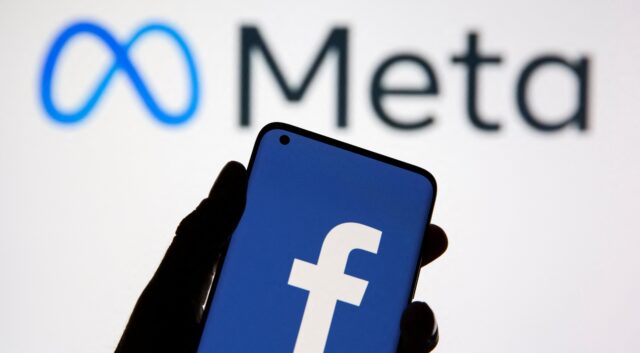Content is the answer to a question, the key to a puzzle, the information station on the road to progress. More than this, content is the backbone of inbound marketing for the B2B world.
‘Okay’, I hear you say, ‘But why is content so important? And why should anyone pay a copywriter to write it?’
Put simply, people and businesses use content to educate and entertain themselves, and to connect with products and services. The people responsible for this content are likely to be marketing copywriters, a.k.a. those mysterious types who write the internet. It’s no small task, trust us.
There’s a reason copywriting is so intimidating—because copy is the straw that stirs the money milkshake. Copywriting is the reason why people buy something. Copywriting is the text that makes somebody stop thinking, “I can live without it” and start thinking, “Why am I living without it?”
Copywriting is the content you see written in the caption of a Facebook ad. It’s the headline of a Google ad or the description of a YouTube video. It’s the text on a website, from the landing page to the product page.
Outside of digital marketing, it’s the text written on billboards, the title of a newspaper article, and the sign outside of a brick-and-mortar store.
When people talk about “clickbait” headlines, they’re talking about copywriting. Copywriting motivates people to click on a website, tells them why they need to buy the product, and persuades them to swap their money for goods and services.
The short answer: pretty much any other type of writing.
Copywriting is intended to move you to action. It is strategical and to the point. So anything that doesn’t do that? Not copywriting. A blog post about Facebook ads? Not copywriting. That book on your shelf that talks about what copywriting is that you haven’t read? STILL not copywriting.
See copywriting is often confused with content writing. But they aren’t quite the same.
See the difference?
But there is often some level of overlap.
Content writing says, “Here’s some free value in the form of useful information. If you feel like it, check out our other useful information or get it delivered to your inbox, sign up for a free trial, etc.”. It’s usually longer form content (500–3,000+ word articles).
Copywriting doesn’t beat around the bush. It says, “Sign up for this free thing” (in a very convincing tone). It’s shorter form, 100–1,000 words that tell you what the product does, why you need it, and how to buy it RIGHT NOW.
So know content writing can help with your copywriting, but the reverse is true in spades. Having the skills to drive action in just a few impactful words can boost the quality and value of your content writing.
The Power of One plays off of one good idea, core emotion, captivating story, or inevitable response.
It’s the headline that makes you think, “That’s brilliant,” the tagline that sings your heart, the bus stop ad that makes you stop and read the entire thing, or the Google ad that tells you to get ready to laugh.
Jon Benson, living copywriting legend (and one of the first copywriters I ever looked up to), uses this strategy as one (of hundreds) in his CopyPro copywriting AI software. The idea came from a pattern Jon saw in all business owners.
They all wanted to do something to help a certain avatar reach their goal. Jon realized, in order for these business owners to achieve their own goals they had to be able to clearly communicate them to clients.
This isn’t a template copywriting strategy, it’s an overarching strategy. All of your copy, regardless of where it is posted, should be written below an 8th-grade reading level. Why? Because the average US consumer reads at an 8th-grade level, which means our content can’t be more complicated than that.
The average US consumer reads at an 8th-grade level
Your copywriting shouldn’t talk about how great your product is, it should talk about how great your product makes your customer’s life.
Remember, your business has more to do with the problem you’re solving for your customers than the fancy bells and whistles you use to make it look good.
For example, on the landing page for our Content Marketing Specialist Certification Course, we put bullet points of everything you’ll learn from taking the course.
Remember the last time you weren’t able to watch Game of Thrones on Sunday night and had to spend all of Monday in a pit of FOMO as you dodged everybody’s conversations around who survived and who didn’t?
FOMO, the “fear of missing out,” can be felt in person AND online.
Urgency in copywriting is the persuasion that pushes a customer to want to sign up, buy a product, etc., because they are given a specific amount of time to do so. This can work in 2 ways:
Copywriting should always use the verbiage of your customers, but adding urgency, discounts, or benefits can take away from your opportunity to do so—there’s only so many characters you can use on an email subject line or Google ad.
In this copywriting strategy, you’ll only play on your customer’s language.





